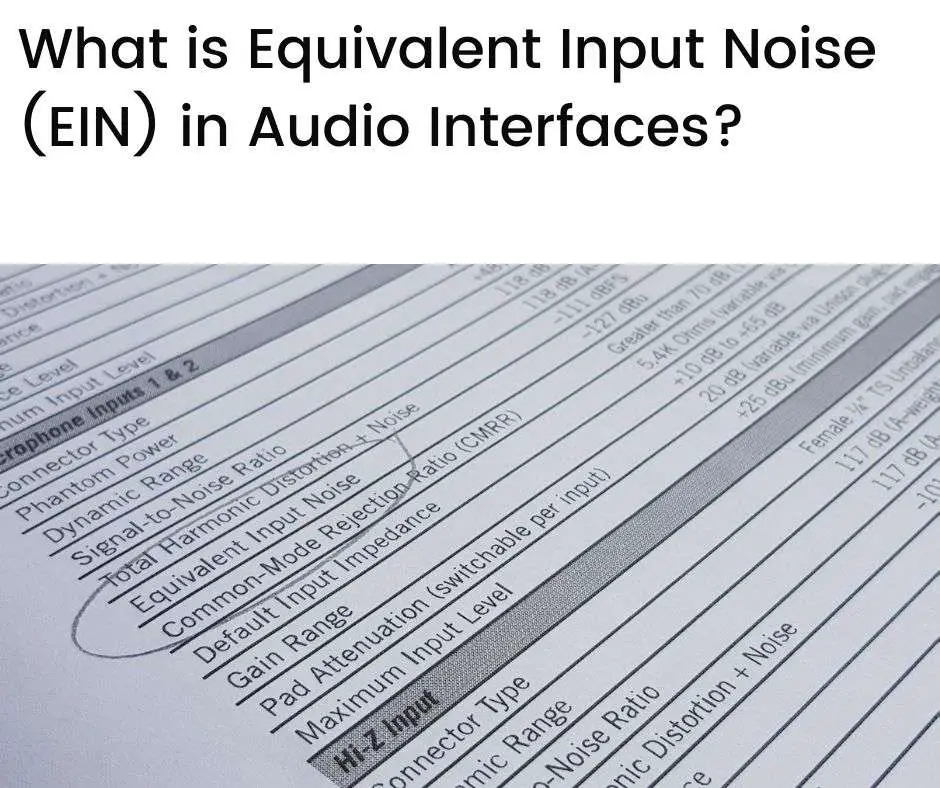I agree, it would be nice to have a number all users can "read" and compare.
EIN will not be easily comparable to manufacturer specs though. Among the ASR measurements comparability is given of course.
- manufacturers will try to state low numbers, so A-weighting will be the usual thing and for Audio it makes perfectly sense
- When you spec in dBV you get a lower number, although dBu rather is "audio"
- manufacturers
- units with a unusual high current noise would look better than they are (although with 150 Ohms the voltage noise will be dominant in most cases)
- some manufacturers will use a lower source impedance than the usual 150 Ohms (and not even note this)
How about measuring and stating noise densities and having an online calculator that allows to calculate the EIN for the conditions you want to compare to (Zsource, w/wo A-weighting, dBV/dBu)? This calculator could even give the number for a noiseless preamp for comparison.
I must however admit, that I wouldn't be able to write the code for such a calculator.


